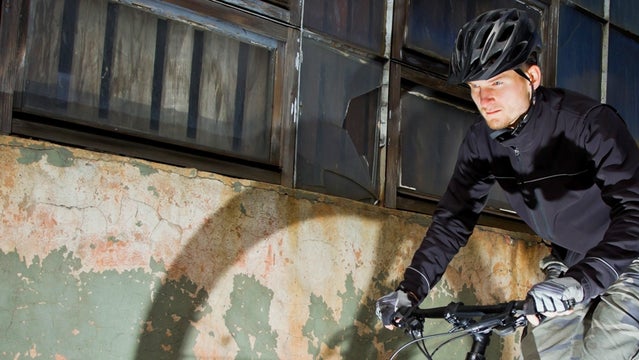Hundreds of bikes lay everywhere, stacked against dumpsters and brick walls. A crowd was swelling around me, high-fiving and joking with nervous anticipation. Then someone was yelling: “Manifests are ready, come get 'em!”
It was 2009, a summer night, and I was in a literal alleyway in downtown Minneapolis. I'd come to try my first alleycat event, . Made to mimic the routine a bike messenger might face in a typical delivery day, alleycats send riders around a city to a series of checkpoint stops.
Traffic, stoplights, potholes, pedestrians, and car exhaust are a part of the experience. Winners combine navigation skills with raw speed to complete courses that might crisscross a metropolitan area for 30 miles or more.
Held every week in cities around the U.S., alleycats have long attracted a crowd of working couriers and fixed-gear nuts used to riding among cars. Recently, a surge in interest toward urban biking has drawn in new riders, from serious roadies looking to win to casual cyclists who come for the party.
In Minneapolis, where I have ridden in a couple dozen alleycats since that first blush, underground races are held every few weeks. One series, called No Name, hosts races the first Sunday night of each month. You put $5 in a pot to race; the winner takes the cash but usually buys beers at the end for the pack (and must organize the next month’s race).
Despite a few large races each year in the U.S., there is no sanctioning body for this “sport.” There is no official calendar of events; rules and event formats vary from race to race. Alleycats have their detractors, too. It's dangerous to race in traffic, and in 2008 a rider died in a Chicago alleycat after running a red light.
If you want to race in an alleycat, get to know your local bike community and ask around. Don't let the piercings and tattoos of the urban set intimidate. Alleycats, at least in Minneapolis, are often open and friendly events to anyone on two wheels. Just know what you're getting into before grabbing that manifest and pedaling into the city streets.
Talk the Talk
Manifest: A paper cluesheet with addresses or directions to the race’s mandatory checkpoints. Racers obtain stamps (at manned checkpoints) or write in clues at unmanned fill-in-the-blank) stops. (Example: “Name the politician referenced on the statue at 34th St. & Vine”.)
Stamp: Inked stamp or signed initials on a race manifest from an event volunteer. Obtained at checkpoints to prove you were there.
Spoke Card: Your race number. Often a laminated index-size card with race logo and “bib” number for event. Placed in wheels spokes before race.
Checkpoint/Stop: Often a city landmark, sign, plaque, or (in the case of manned races) a person sitting inside a restaurant or bar with a stamp or pen. Most alleycats have 10-plus checkpoint stops that racers are required to find before riding to the finish.
Skitching: Grabbing a moving vehicle while riding for a tow. Common with some experienced couriers, but illegal and not recommended.
Major Events
Hundreds of alleycats are held each year in the U.S. and beyond. Most are small, grass-roots events promoted only by word of mouth and social media. Here are a few of the larger alleycats around the nation:
- (July, Seattle)
- (August, Minneapolis)
- (November, Los Angeles)
- (February, Minneapolis)
- (March, New York City)
Essential Gear
Some alleycats require racers to ride fixed-gear bikes, but most are open to anything with two wheels and a chain, from mountain bikes to clunky commuters. Beyond the bike, here are a few key items not to be left behind.
Map: Bring a detailed map of the city, or use a map program on your phone. Checkpoint stops are often at esoteric addresses and out of the way places. Even if you think you know the city you're going to need some help on the navigation front to complete a course.
Marker or Pen: Bring a couple. You'll need to write down clues, draw routes on a map, et cetera.
Cash: Entry fees are often nominal (or free), but carry some extra scratch in case you need to jump on a train or bus somewhere on the course.
Map Bag: Basically a flat Ziploc-like bag used by orienteer to protect their charts. I use one to prevent my paper maps and manifests from being .
Water: Don't think you can skimp on hydration just because you're in a city. I bring two full bottles or, for longer events, a bladder in a backpack. Some alleycats can last two hours or more, and you're often sprinting and stopping fast, or cranking hard the whole time.
Food: Some alleycats stretch 50 miles through a town, so you need calories and carbs to power through to the end. I bring gels and energy chews on longer events.

